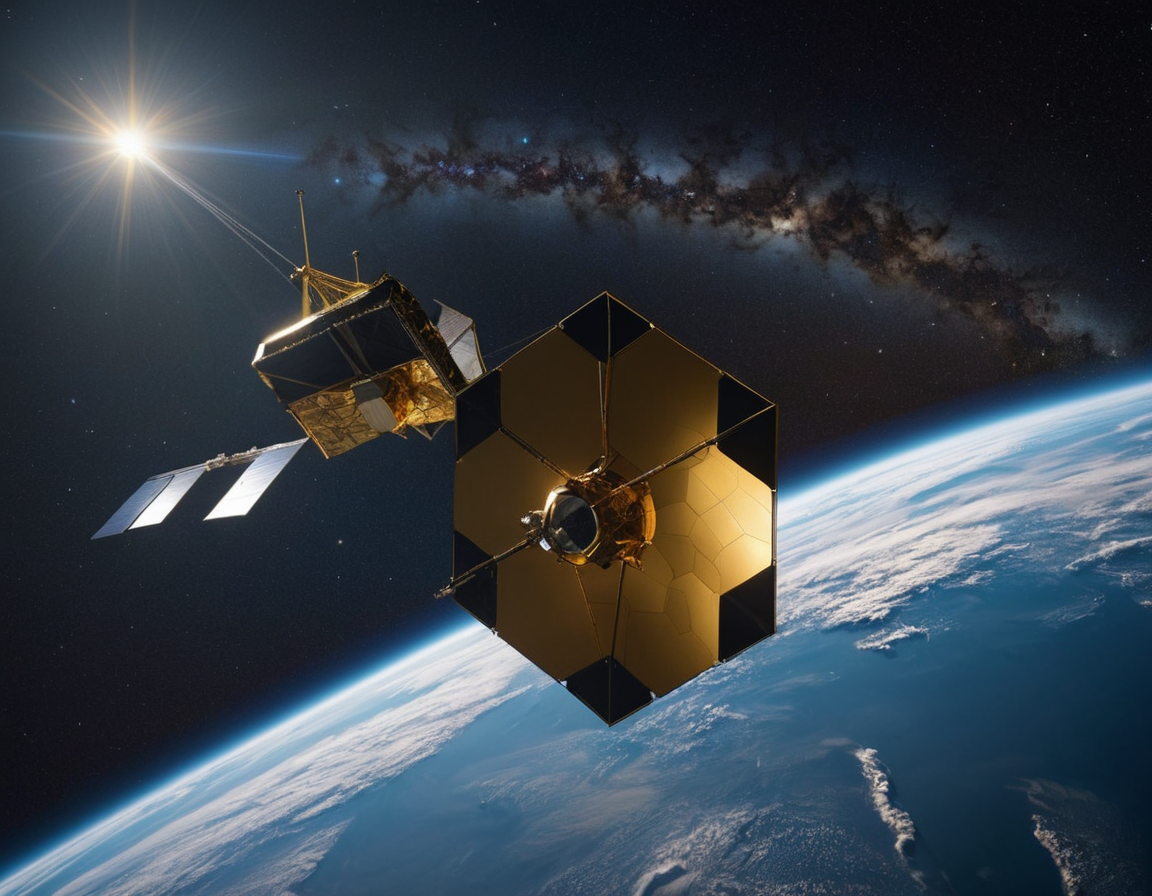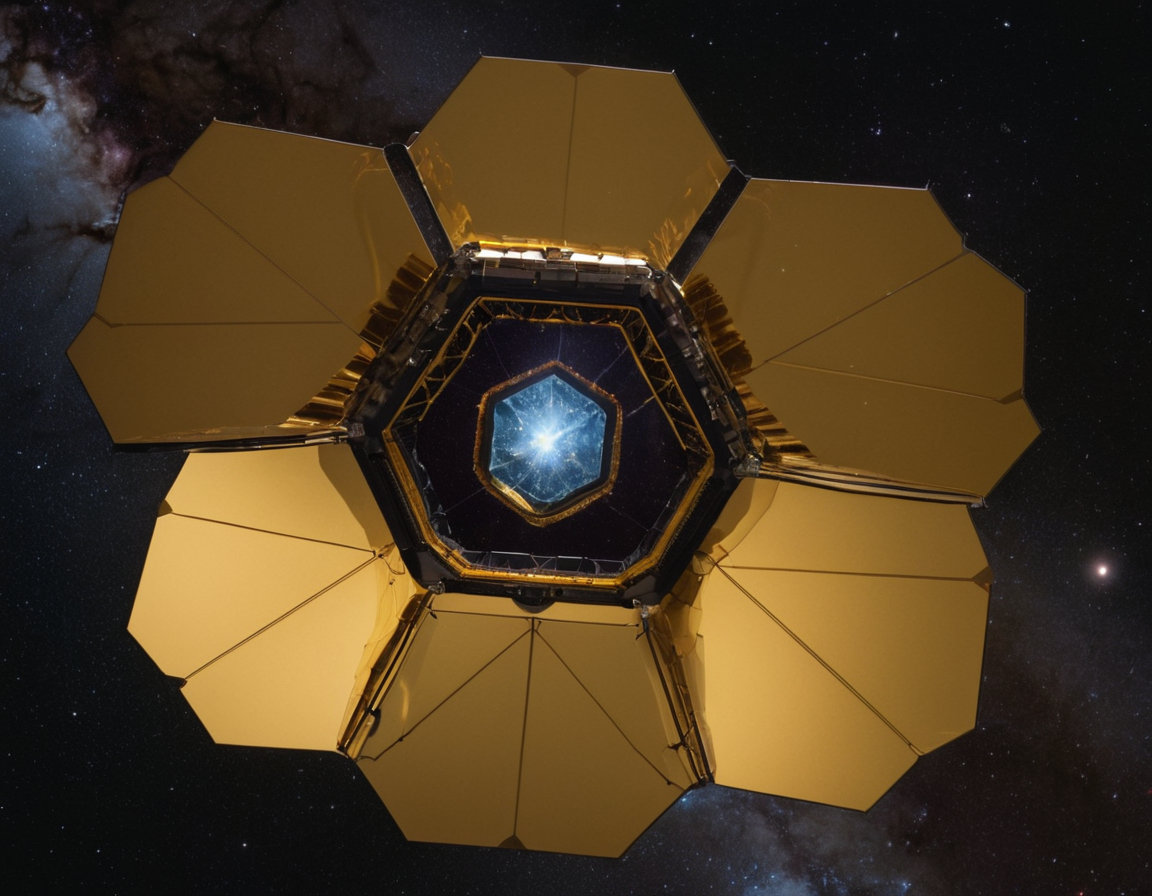Exploring the Universe: A Glimpse into the James Webb Space Telescope
Unveiling the Mysteries of Space with the James Webb Space Telescope
The quest to understand our universe has taken a monumental leap forward with the launch and deployment of the James Webb Space Telescope (JWST), NASA’s most powerful and technologically advanced space telescope to date. In this blog post, we will dive into the incredible journey and mission of JWST, which aims to unravel the secrets of the cosmos like never before. 
What is the James Webb Space Telescope?
The JWST is the result of an international collaboration between NASA, the European Space Agency (ESA), and the Canadian Space Agency (CSA). Designed as the scientific successor to the Hubble Space Telescope, JWST boasts a large, 6.5-meter primary mirror that can collect more light than any other space telescope. This allows it to observe the faintest and most distant objects in the universe, giving scientists a window into the early stages of cosmic history, including the formation of the first galaxies, stars, and planetary systems.
The Technology Behind JWST
One of the most innovative features of the JWST is its suite of four cutting-edge scientific instruments, each capable of providing unique information about the cosmos. These instruments include cameras and spectrographs that cover different wavelengths of light, from visible to mid-infrared. JWST’s design includes a groundbreaking sunshield, made up of five layers, each as thin as a human hair, which protects the telescope from the Sun’s heat and light, thus preserving its sensitive instruments’ ability to detect faint astronomical signals. 
The Journey to Space and Beyond
The launch of the JWST on December 25, 2021, aboard an Ariane 5 rocket, was an event watched by millions around the globe. After traveling a million miles, JWST reached its destination orbiting the second Lagrange point (L2), a stable position in space where the gravitational forces of the Earth and Sun balance out, allowing the telescope to stay in line with the Earth as it orbits the Sun. Its intricate deployment process, which included unfolding its mirror segments and sunshield, was a complex and nerve-wracking operation that concluded successfully, setting the stage for JWST to begin its scientific work.
Unprecedented Discoveries Await
Scientists have high expectations for the discoveries JWST will make. Its ability to peer back over 13.5 billion years will enable it to see the universe as it was just after the Big Bang. This time machine-like quality will allow researchers to study the formation of the first galaxies and observe celestial bodies in their infancy. Additionally, JWST’s instruments are designed to study exoplanets in intricate detail, analyzing their atmospheres for possible signs of life. 
Joining the Legacy of Space Exploration
The James Webb Space Telescope is poised to embark on a journey of discovery that will enhance our understanding of the universe and potentially uncover new mysteries. As JWST begins to send back its first images and data, we, as a collective humanity, stand on the brink of a new era of astronomical discovery. Its operation is expected to continue for a decade or more, promising a treasure trove of scientific knowledge and awe-inspiring images that will captivate our imaginations for generations to come.
Conclusion
The JWST is more than just a technological marvel; it’s a testament to human curiosity and our perpetual desire to explore the unknown. As this blog takes you on a brief journey through the mission and capabilities of the JWST, it’s clear that the universe holds endless wonders, and through the eyes of this incredible telescope, we’re just beginning to scratch the surface of its vastness.
If you’re as excited as we are to witness the awe-inspiring discoveries of the JWST, subscribe to our newsletter for the latest updates and immerse yourself in the unfolding universe’s story.






